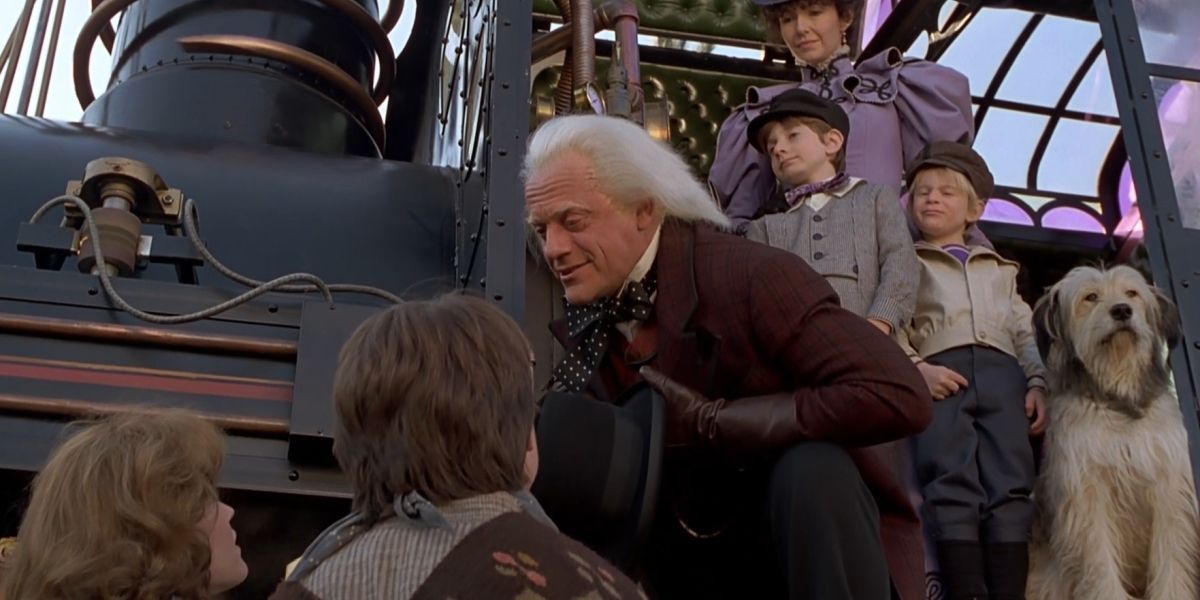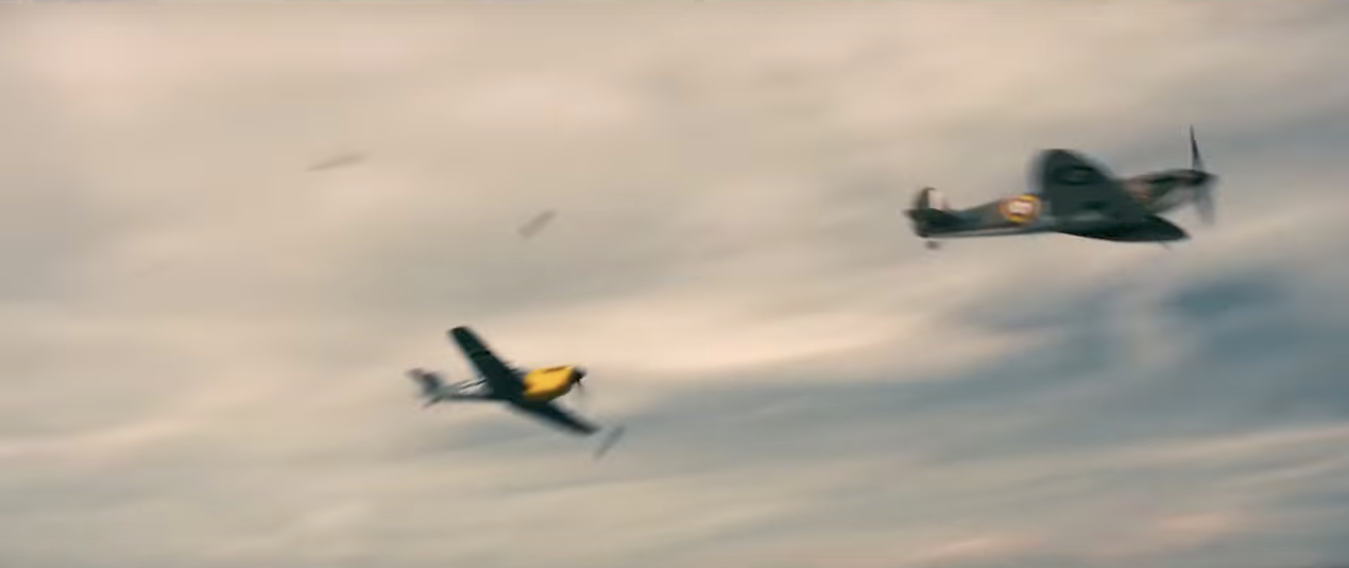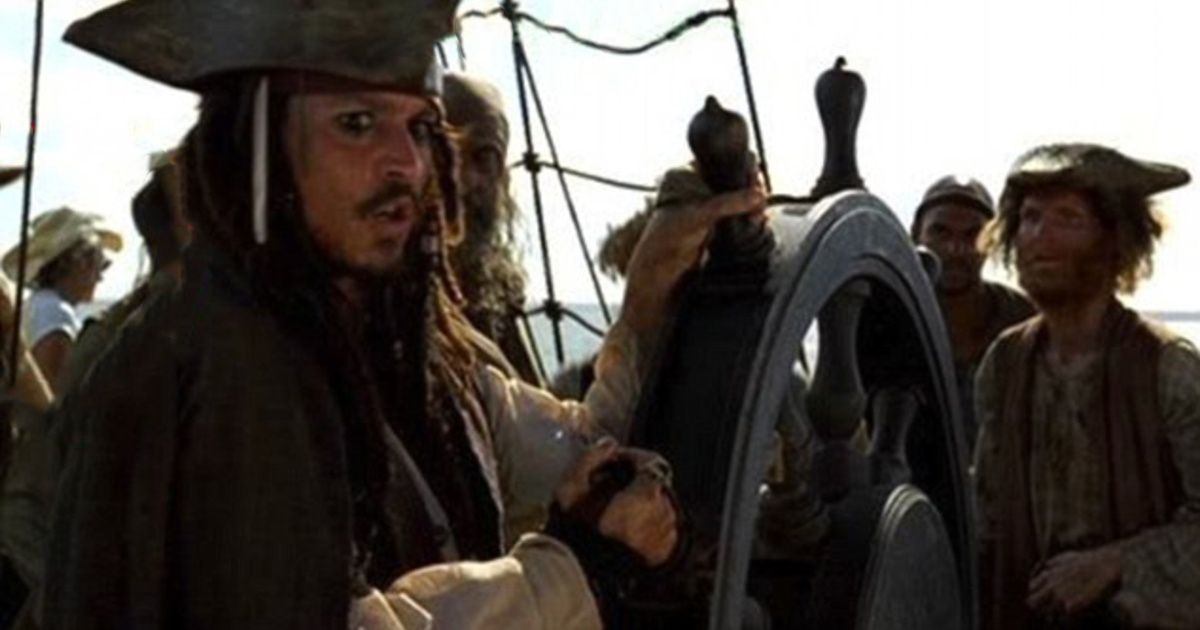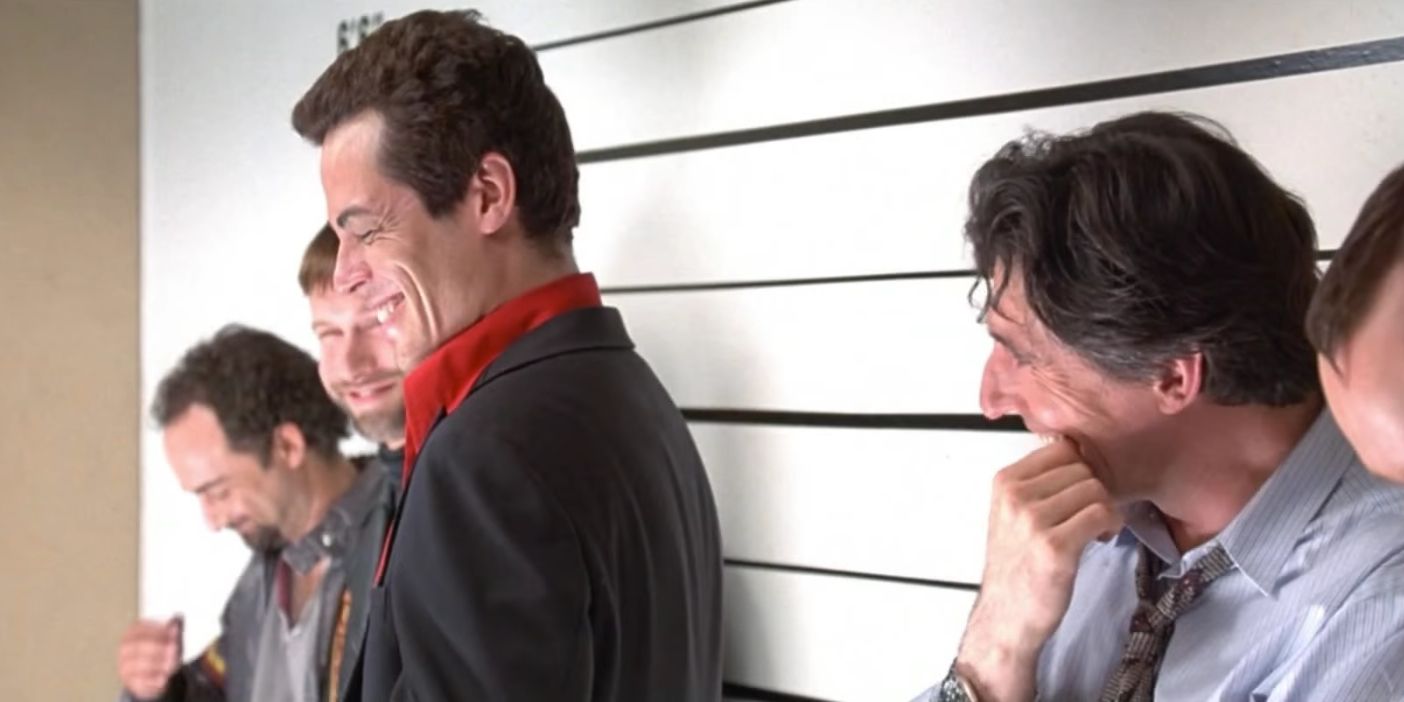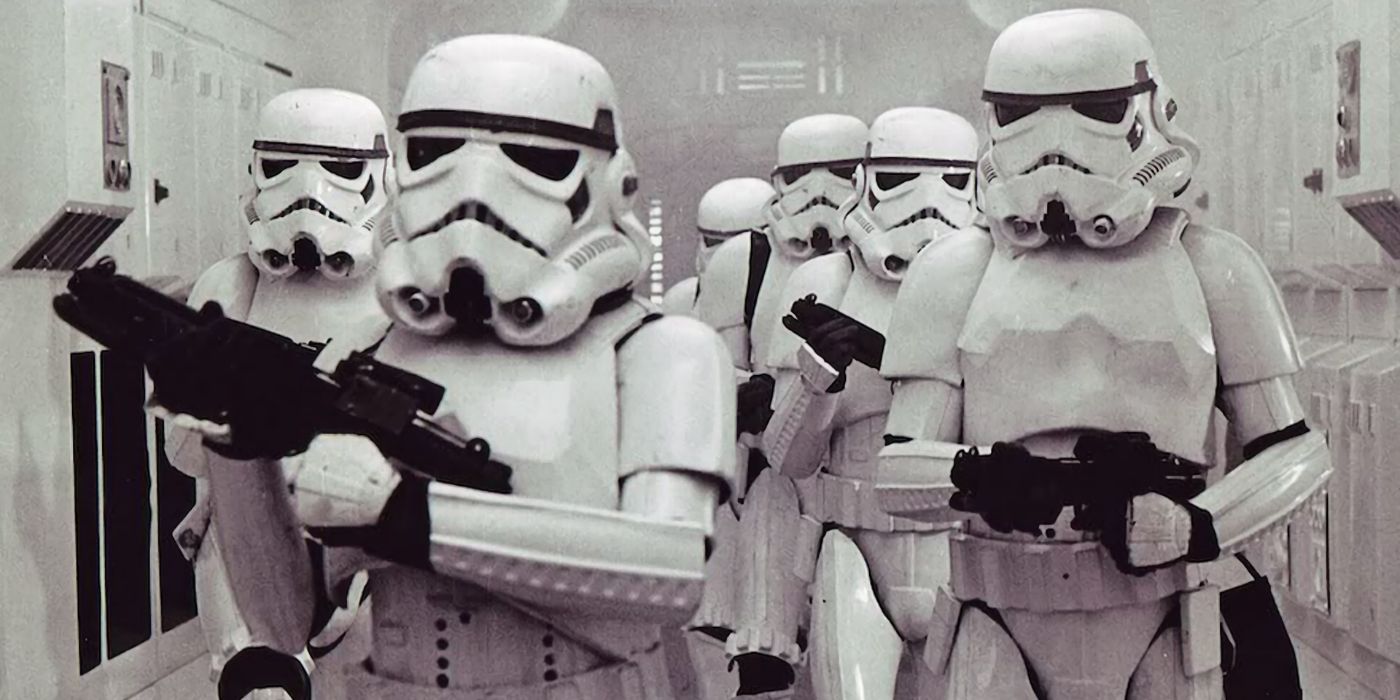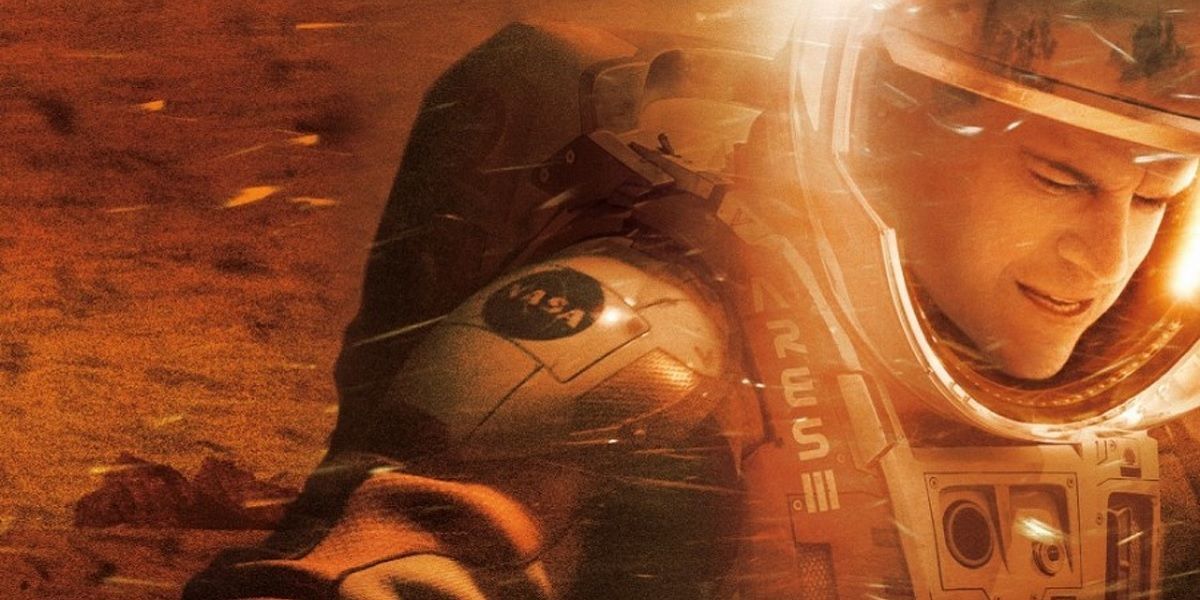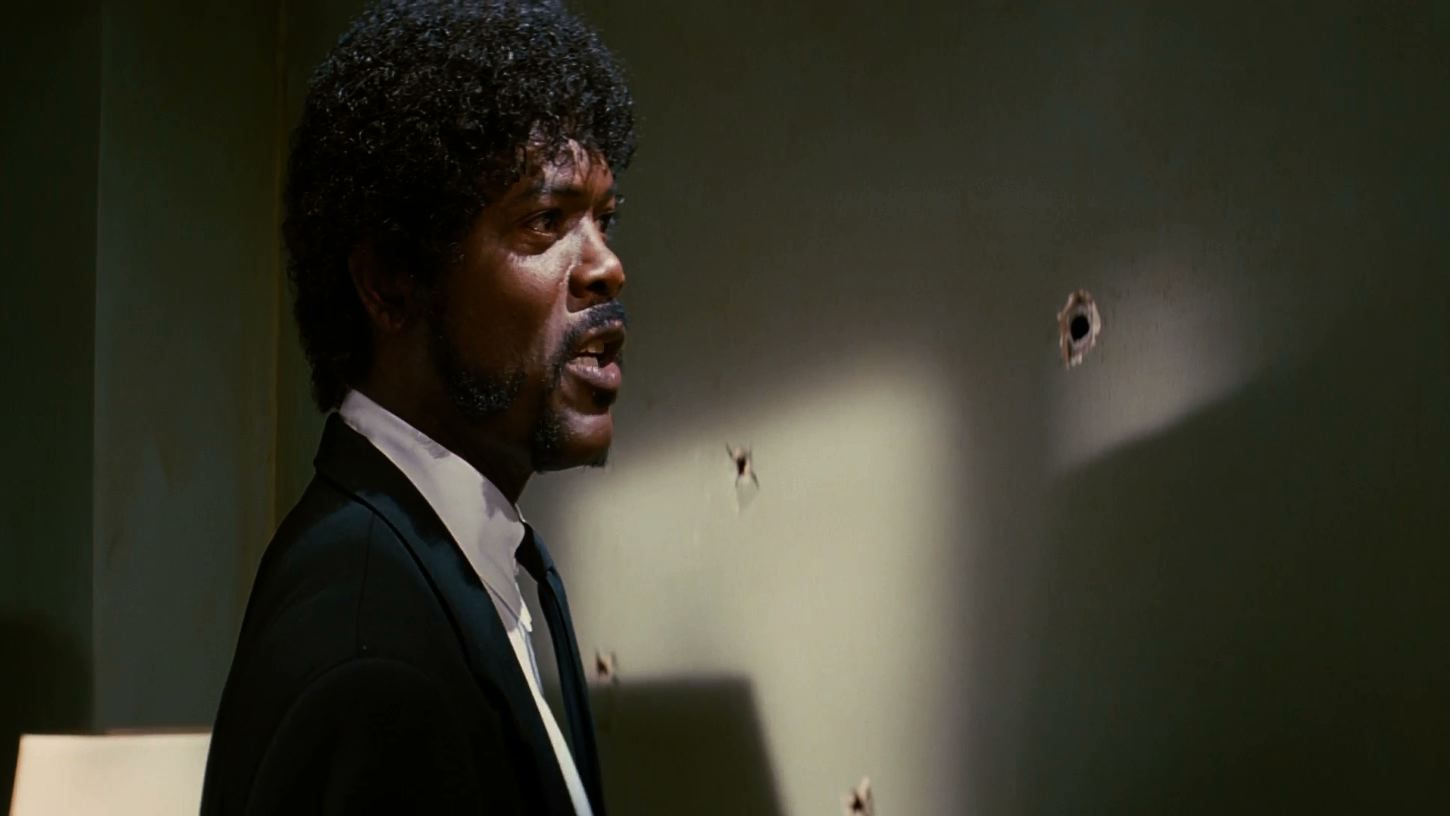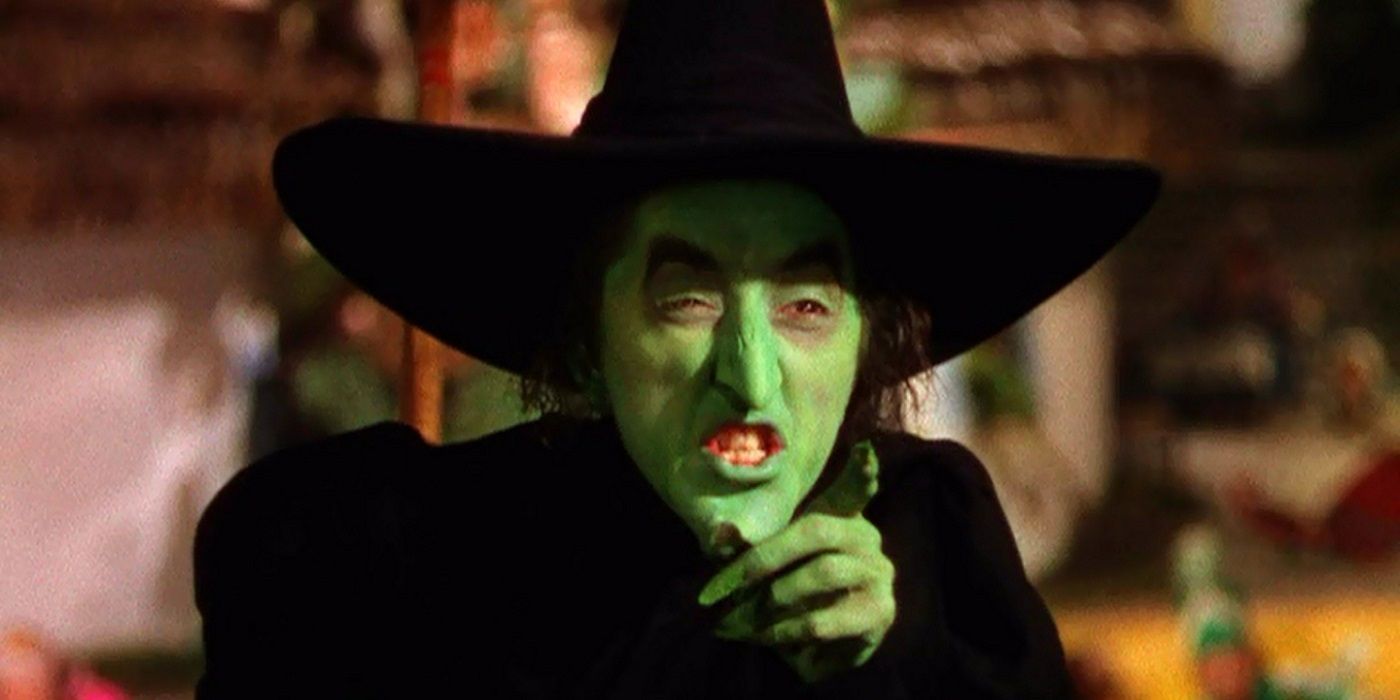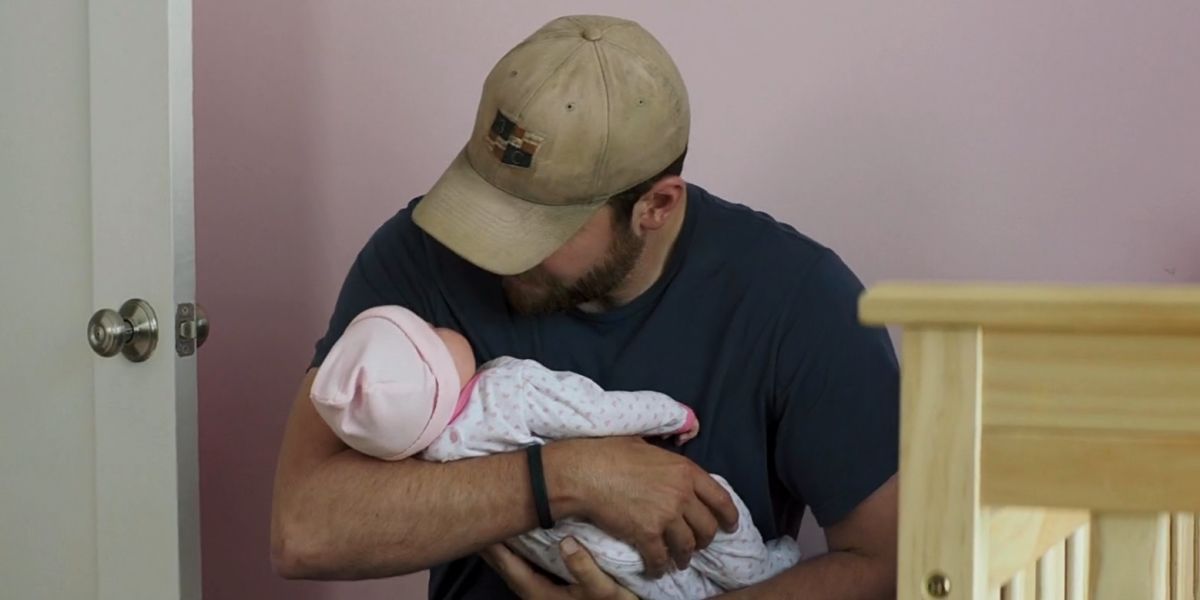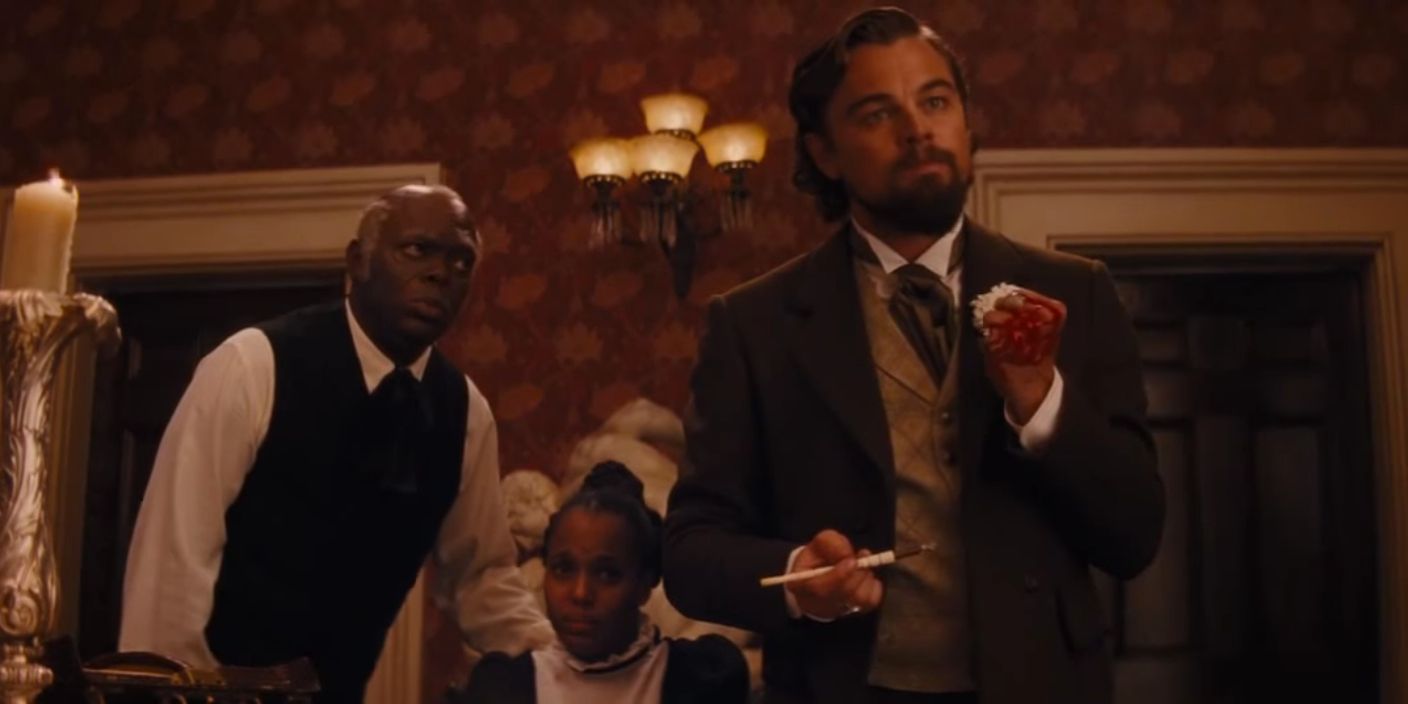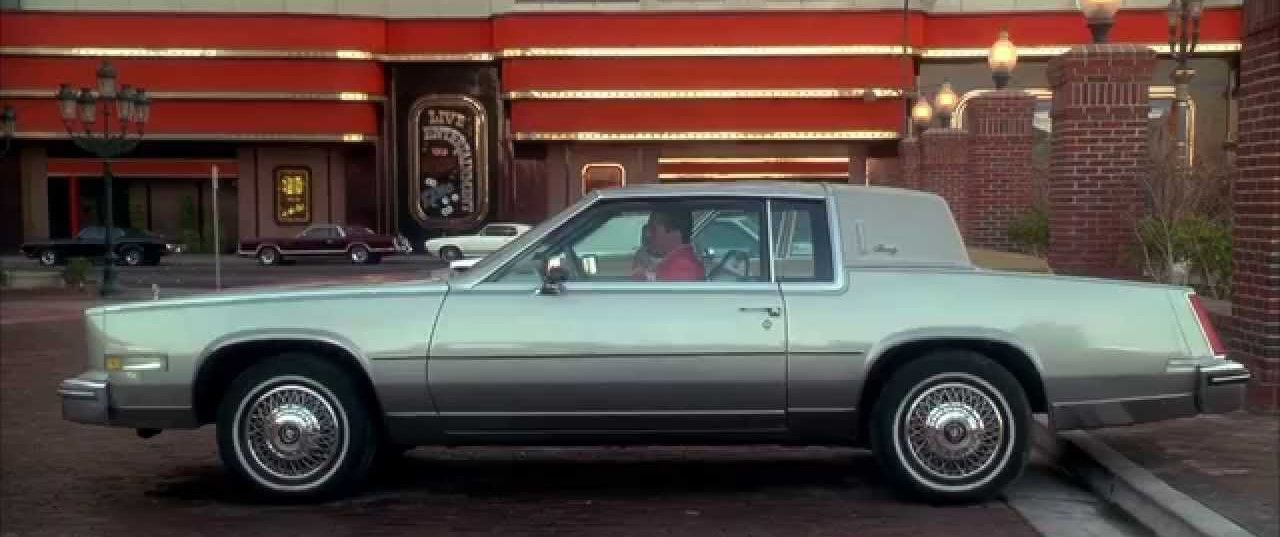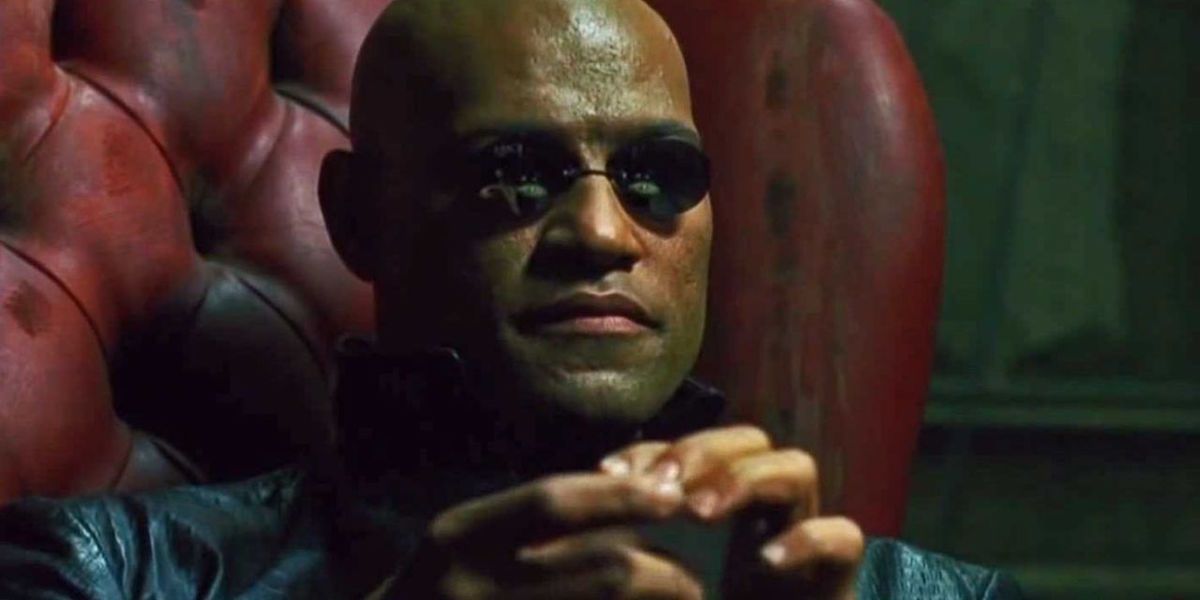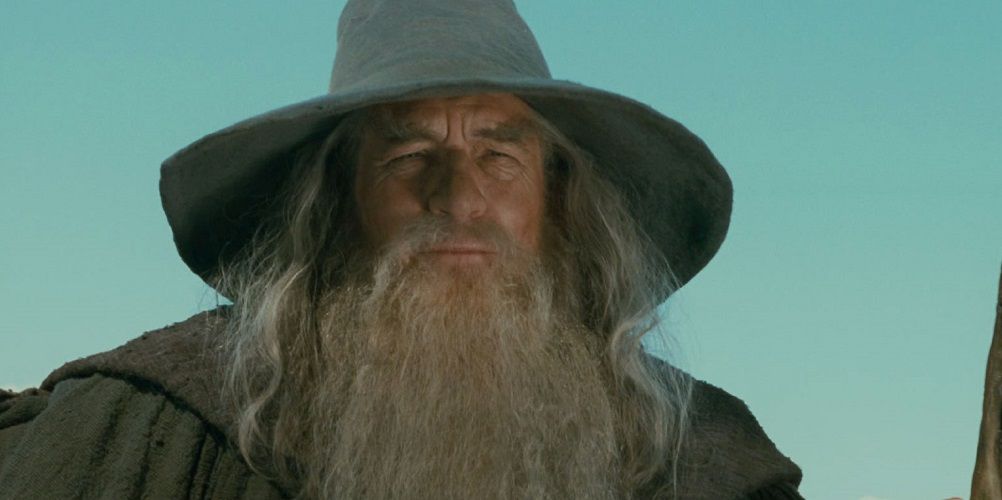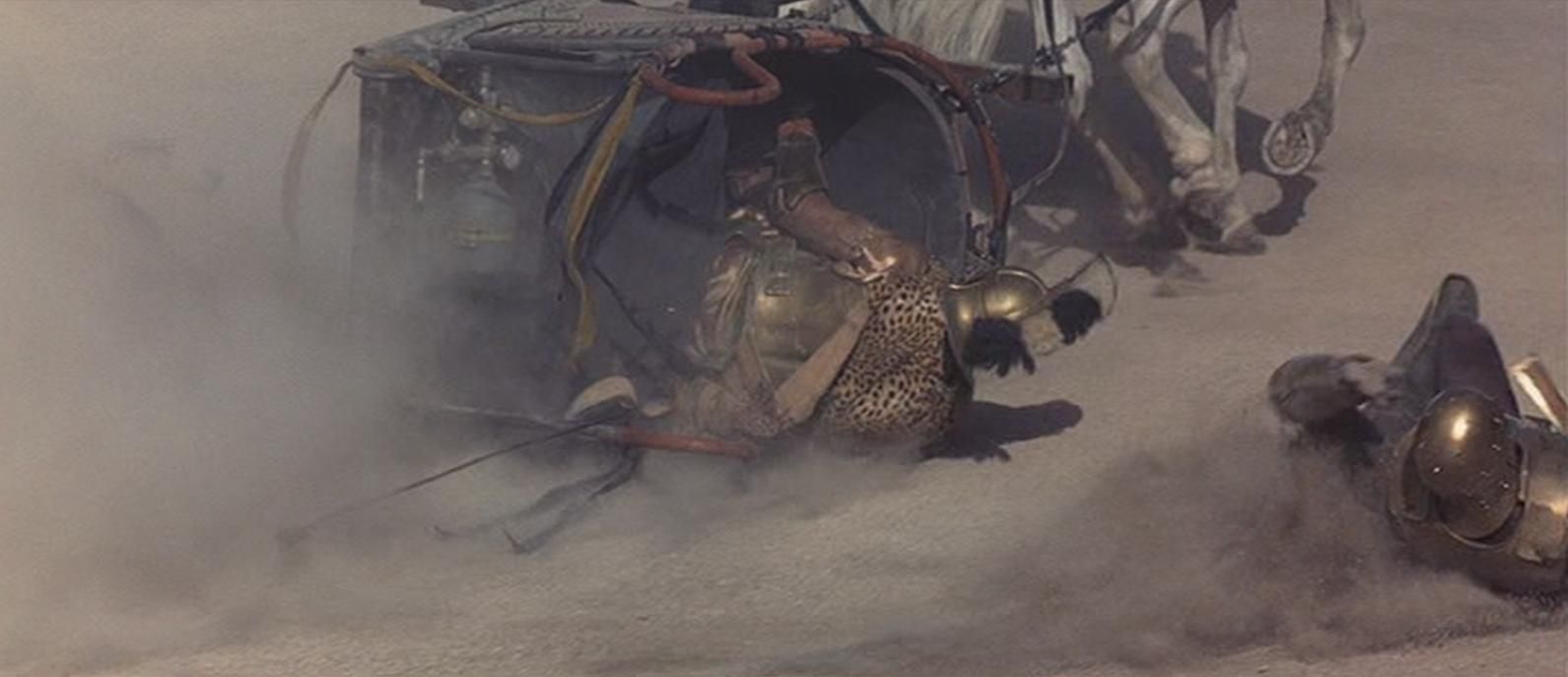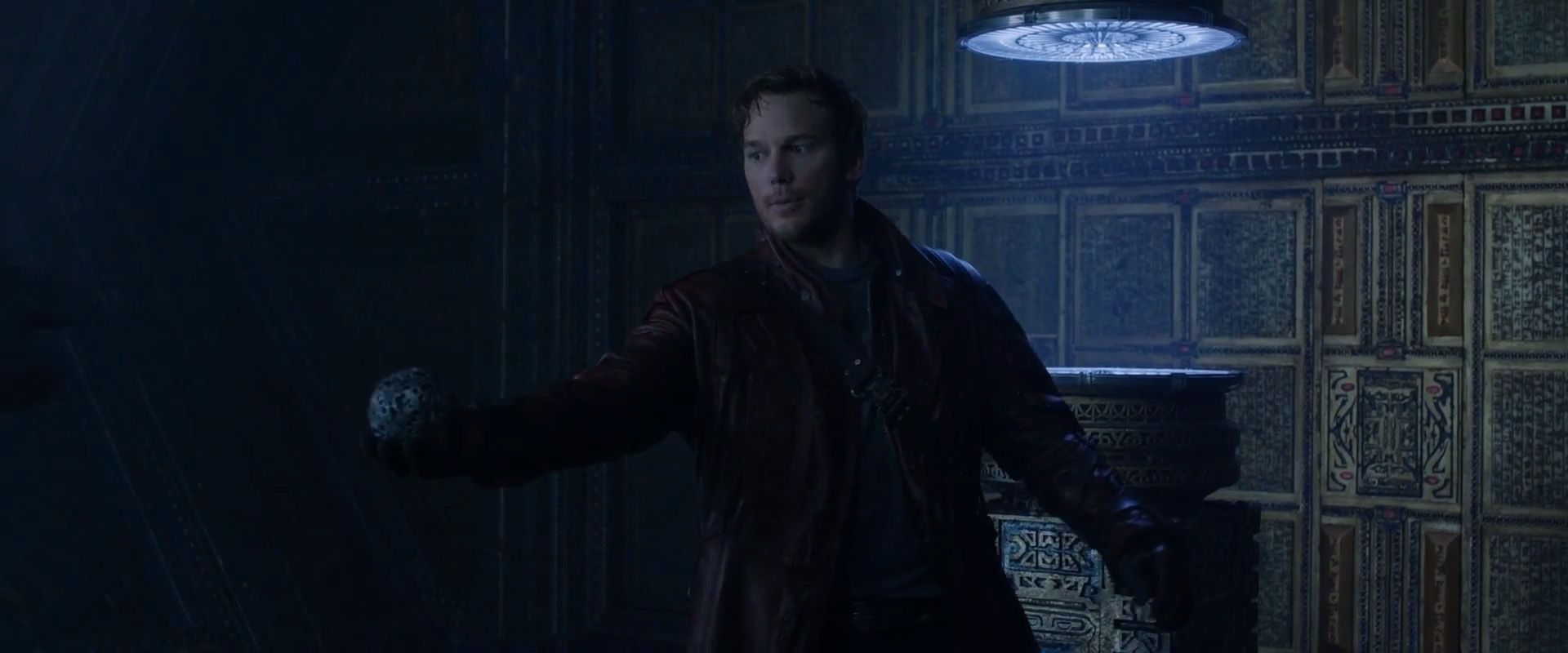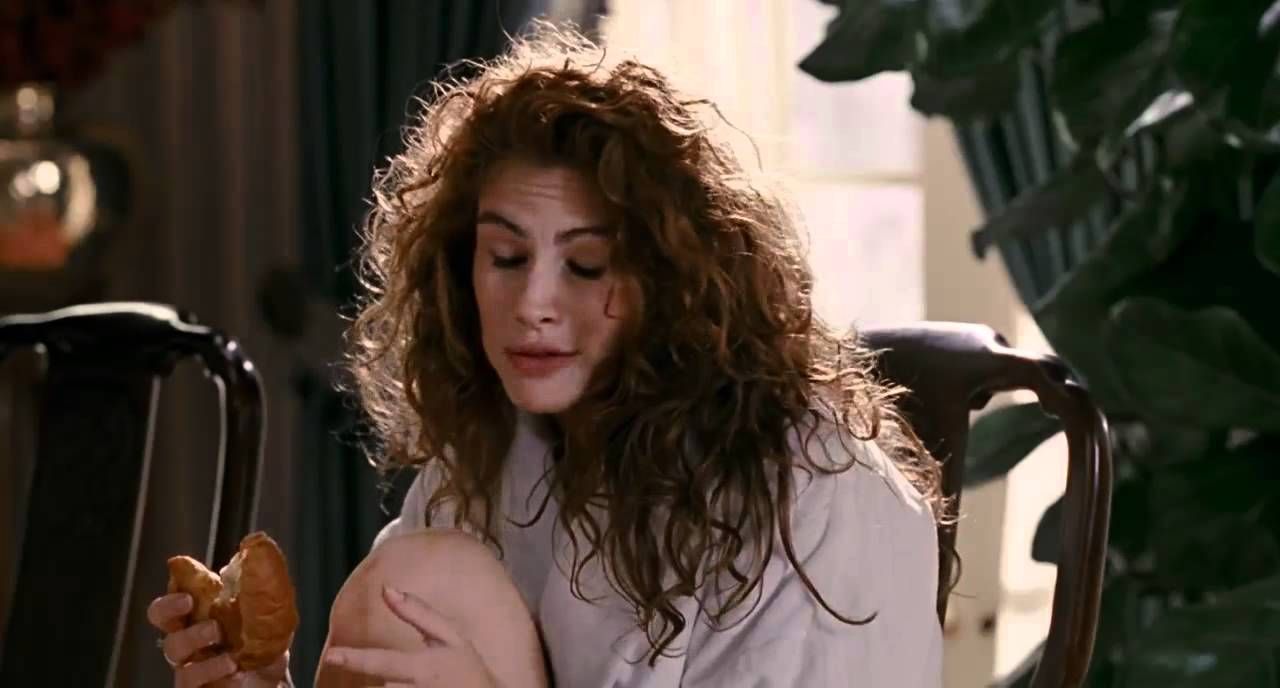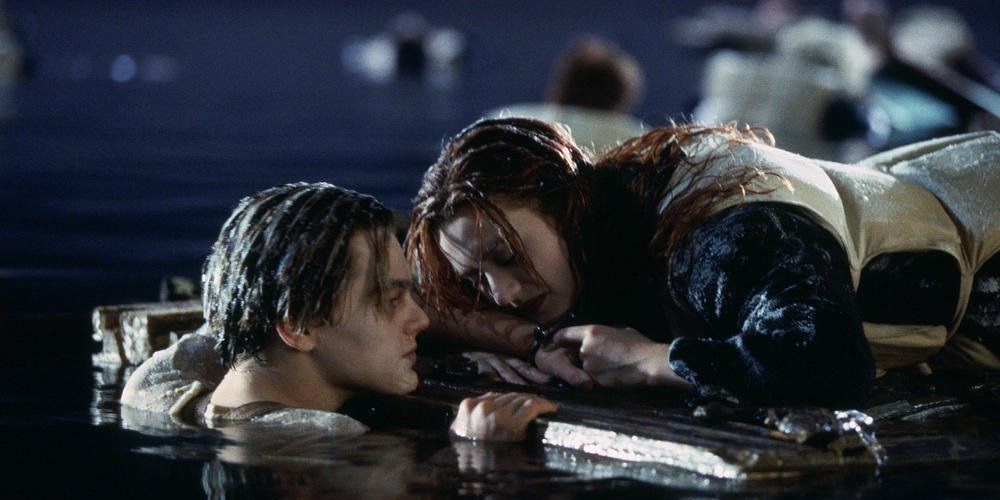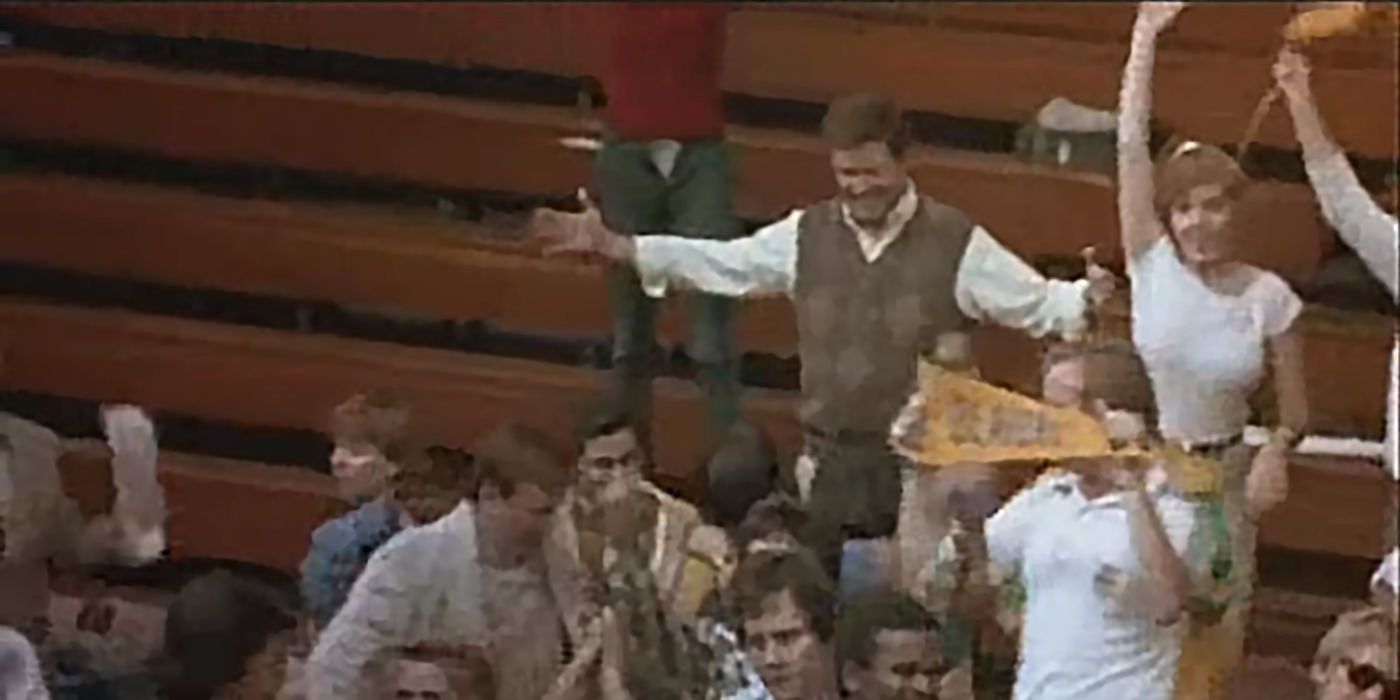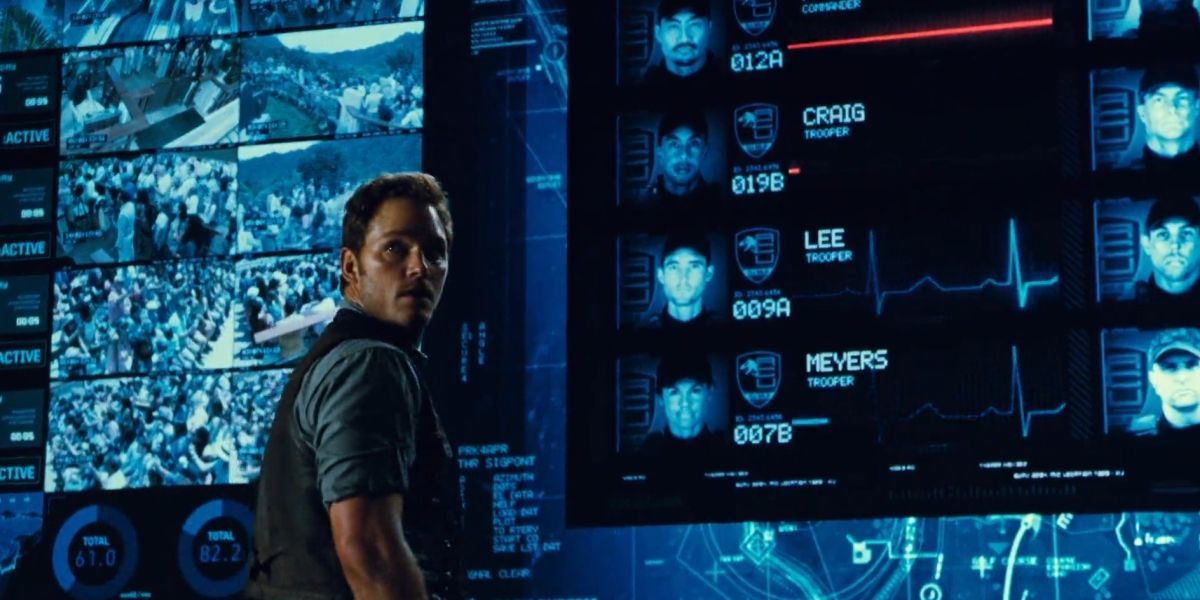Name any movie ever made and it will be riddled with mistakes big and small. This applies to critically acclaimed art house flicks, big budget blockbusters, and everything else in between. The simple fact is that, no matter how talented the cast and crew involved are, no film is 100% perfect, with even the most carefully constructed production running afoul of at least a few minor continuity errors. But, movie goofs aren’t always a disaster. On the contrary, often times, these errors actually enhance a film and were actually included in the final cut on purpose to add an extra layer of spontaneity to the proceedings. There are even some “mistakes” that represent a conscious, creative decision on the part of the filmmakers. In these instances, artistic license is employed to intentionally represent a real-life person, event, or environment inaccurately in order to beef up the drama of a scene.
Of course, the majority of movie mistakes tend to damage (if not outright weaken) the films in which they appear. In a particularly lousy feature, these missteps will typically call attention to themselves straight away, contributing to its bad reception with audiences. However, with a well-made movie, it’s usually not until after multiple screenings that you’ll notice a previously overlooked goof, which changes the way you watch it forever. With this in mind, here’s a round-up of 10 Weird Mistakes That Saved Movies (And 10 That Hurt Them), but be warned, you’ll probably never look at any of these flicks the same way again!
Saved: German Planes From The Future (Dunkirk)
Christopher Nolan’s Dunkirk was praised for its incredible attention to historical detail, but there were at least a few things this war epic got wrong. Admittedly, this was often on purpose, either because Nolan and his crew wanted to heighten the drama, or make it easier for modern audiences to work out exactly what was going on. The German planes in the film are a perfect example of this. In Dunkirk, they are shown sporting yellow paint on the nose, when in reality, this color scheme wasn’t introduced until a month after the events depicted on-screen.
While this might irk historians, the logic behind this deliberate mistake is sound. Without their easy-to-spot yellow noses, the Axis planes would be hard to distinguish from their Allied opponents during Dunkirk’s hectic dogfight sequences, so accuracy was wisely abandoned on this occasion.
Hurt: There's A Cowboy On Deck (Pirates Of The Caribbean)
Pirates of the Caribbean’s roguish pirate, Captain Jack Sparrow, has the swagger of a cowboy, but that’s where the franchise’s connection to the Wild West officially ends. After all, the Pirates movies are set in the 1700s, and cowboys didn’t roam the U.S frontier until the 1800s. So, there’s not really any scope for overlap (despite a pirate/cowboy mash-up sounding like an ah-mazingly cool idea).
Even so, a cowboy does still manage to find his way into the series… kinda. See, there’s a moment in Curse of the Black Pearl where a guy rocking a wide-brimmed stetson and sunglasses is visible over Captain Jack’s shoulder. Fans initially thought this jarring flub was a case of an extra from another film wandering on the set, but it’s since been confirmed that this was a crew member who didn’t realize he’d moved into frame!
Saved: Flatulent Fenster (The Usual Suspects)
At the end of the day, actors are humans, and humans occasionally need to break wind. Unfortunately, this sometimes happens whilst they are shooting, leaving their co-stars to deal with the stinky consequences. Of course, flatulence can also be pretty funny, which is why the cast of The Usual Suspects couldn’t keep a straight face when Benicio del Toro’s Fenster kept cutting the cheese during the line-up scene.
Indeed, the only person on set who wasn’t amused was director Bryan Singer. Singer grew increasingly frustrated watching his actors giggle their way through each and every take of a scene that was scripted entirely “straight.” However, he soon realized that the unplanned comedic spin on the material played better than what he had in mind and kept the footage in the film, creating a classic cinematic moment in the process.
Hurt: The Head-banging Stormtrooper (Star Wars)
Clad head-to-toe in their iconic white armor and armed with futuristic blasters, Star Wars’ Imperial Stormtroopers ostensibly live up to their reputation as the most elite fighting force in the galaxy. However, on closer inspection, it’s hard not to notice how clumsy these guys are. Seriously, not only are they lousy shots, but as illustrated in A New Hope, some of them can’t even make it down a hallway without smacking their head on an overhanging doorway!
This moment constitutes one of the most infamous gaffes in film history, and to his credit, Star Wars creator George Lucas acknowledged the pratfall in 2002’s Attack of the Clones. Here, bounty hunter Jango Fett – established as the genetic template used to engineer the Stormtroopers – can be seen bumping his head in similar fashion, providing an in-universe explanation for this decades-old mistake.
Saved: The Dust Storm To End All Dust Storms (The Martian)
Every story needs an “inciting incident,” an event that kicks off the conflict that will drive the rest of the narrative. In Ridley Scott’s big screen adaptation of The Martian by novelist Andy Weir, the inciting incident is the severe dust storm that strands astronaut Mark Watney on Mars. It’s an effective bit of plotting that builds upon the actual environmental conditions on the red planet.
The only problem? In reality, the dust storms on Mars typically reach speeds of around 11mph, which is markedly milder than the gale force winds portrayed in The Martian! Both Scott and Weir have copped to this in interviews, revealing that in this instance, they chose good storytelling over sound science, and we’ve got to say that was the right call.
Hurt: The Set Dressers Jumped The Gun (Pulp Fiction)
Here’s another flub that goes down during a Quentin Tarantino-scripted monologue, this time, when Samuel L. Jackson’s hitman Jules is reciting his famous “Ezekiel 25:17” speech in Pulp Fiction. Don’t worry, Jackson’s delivery and Tarantino’s writing are both as flawless as you remember, but something you almost certainly didn’t notice even after rewatching the scene countless times is the bullet holes on the wall behind Jules.
These inconspicuous divots are problematic for the simple and obvious reason that they shouldn’t exist – not yet, at least. It’s not until after Jules’ speechifying has drawn to a close that one of his targets fires a volley of poorly-aimed gunshots at him and partner Vince Vega, creating the bullet holes from earlier in the scene!
Saved: The Wicked Witch’s Less-Than-Magical Disappearance (The Wizard Of Oz)
The Wizard of Oz is still enchanting young audiences 80 years after it first arrived in cinemas, thanks in part to the timeless charm of its vintage special effects. That said, some of the effects crew’s trickery didn’t quite come off without a hitch, with the Wicked Witch of the West’s magical departure from Munchkinland a key culprit. As eagle-eyed viewers can attest, the trap door used to make actress Margaret Hamilton vanish in a cloud of smoke and fire is clearly visible for a few seconds.
The funny thing is, everyone involved knew that the take used in the film was botched, they just had no other choice but to use it. That’s because the burns Hamilton experienced while filming the stunt made re-shooting it impossible, so this faulty (yet useable) take still managed to save the film!
Hurt: The Fake Baby (American Sniper)
Up front, we just want to say we know that director Clint Eastwood and his team aren’t entirely to blame for this one. A real, live baby was set to appear in Bradley Cooper’s arms in American Sniper, only to fall ill on the day the scene was scheduled to be shot.
This forced Eastwood and co. to scramble and arrange an artificial replacement infant, which would have worked just fine… if it hadn’t looked so fake. Honestly, you’d be hard pressed to find a viewer able to tune into the emotion of the scene when they’re faced with the imagery of Cooper using his finger to animate the arm of a baby that’s obviously a non-articulated dummy!
Saved: Candie's Not-So-Sweet Injury (Django Unchained)
Although the vast majority of the gore we witness in movies is fake, every once in a while, the injuries we see are totally legit. That’s because, despite the best efforts of all involved to ensure a safe shooting environment, accidents do happen, and even more rarely, these mishaps end up amounting to the best take. Case in point: the monologue by Calvin J. Candie during the dinner scene in Django Unchained.
Star Leonardo DiCaprio immersed himself so fully in the role that when he broke a glass on the table and injured his hand, he finished Candie’s rant without breaking character. Director Quentin Tarantino was so taken with DiCaprio’s dedicated performance that he incorporated the “flawed” take into the finished film. What’s more, a bandage was added to Candie’s hand in scenes filmed subsequently.
Hurt: De Niro's Wooden “Performance” (Casino)
Robert De Niro is hands down one of the greatest actors of all time, with his performances in The Godfather Part II, Raging Bull, and Taxi Driver ranking among the finest ever captured on film. His turn as Sam “Ace” Rothstein in Casino is equal to any of those roles – except during the car bombing scene.
Here, the legendary thespian’s acting is uncharacteristically wooden, largely because he’s been substituted with a dummy (and a less-than-convincing one, at that). Now, we didn’t expect director Martin Scorsese and his special effects gurus to detonate a car with De Niro sitting in the driver’s seat, but be that as it may, these brief shots of a stiff-looking Sam still take the shine off an otherwise stellar display of acting prowess.
Saved: Morpheus' Quick-Change Specs (The Matrix)
Given that more than half of the The Matrix trilogy takes place in a virtual reality where the laws of nature don’t always apply, audiences expect to come across some pretty trippy stuff. Nevertheless, there are still rules dictating how our heroes’ cyber surroundings behave. So, when the lenses of Morpheus’ pince-nez glasses randomly switch from matte grey to shiny while he's explaining the Matrix to Neo, this is an instance of these rules being broken.
This isn't necessarily a bad thing when you factor in what the alternative would have been. Think about it: the scene opens with a close-up of Morpheus, so if the regular reflective lenses had been used, there would have been no way of preventing the camera crew from being seen in them!
Hurt: Verne Brown’s Below-The-Belt Fixation (Back To The Future Part III)
The unlikely friendship between plucky teen Marty McFly and eccentric elderly scientist Doc Brown represents the emotional core of the Back to the Future trilogy. So, when the pair exchange their final farewells in Part III, all eyes are on them and nobody else. This is convenient because upon repeated viewings (when your eyes are more inclined to wander the screen) you’ll notice the child actor playing Doc’s son, Verne, doing something a bit… strange.
There’s no other way to really say this, but the kid keeps gesturing towards his area. In all likelihood, the poor kid was just trying to signal to the director, Robert Zemeckis, that he needed a bathroom break. Even so, it’s not something you can unsee, and it kinda weakens Marty and Doc’s last scene together!
Saved: Gandalf's Hobbit Hole Woes (The Lord Of The Rings)
Admittedly, The Fellowship of the Ring – the first installment in Peter Jackson’s The Lord of the Rings trilogy – has a lot more going for it than slapstick comedy. Yet, it’s also fair to say that what really makes this celebrated adaptation of J.R.R. Tolkien’s fantasy soar is how well it balances a wonderful spectacle with relatable characters.
A scene that encapsulates this is Gandalf bumping his noggin against a beam protruding from the low ceiling of Bilbo’s cozy hobbit hole dwelling, which, according to the Extended Edition DVD, was a real-life mishap that befell actor Sir Ian McKellen. Not only does it help to further sell the scale of the diminutive hobbits in comparison to Middle-earth’s more regular-sized races, but it also further endears us to the old wizard as he chuckles off his undoubtedly painful pratfall!
Hurt: The Gas-Powered Chariot (Gladiator)
We feel a little harsh singling out Gladiator here as it's the kind of blooper that frequently crops up in action movies, given the genre’s preoccupation with flipping vehicles. Nevertheless, the visible gas canister used to upend a Roman chariot during the first Colosseum set piece is particularly egregious, which is why we’re picking on Ridley Scott’s entertaining epic.
For starters, the canister is really easy to spot once Maximus and his fellow gladiators have overturned the chariot, and probably should have been removed digitally in post. But, what’s worse is that, unlike in films set in the present day, this decidedly modern apparatus sticks out like a sore thumb, with gas canisters being in short supply in AD 180!
Saved: Star-Lord Literally Drops The Ball (Guardians Of The Galaxy)
When Guardians of the Galaxy came out back in 2014, audiences embraced director James Gunn’s quirky take on what was once considered a C-list (at best) Marvel Comics superteam. At the heart of Gunn’s approach to the source material was his decision to play up team leader Peter Quill’s less-than-smooth traits, presenting a swaggering space adventurer who’s still a bit of goofball.
So, when star Chris Pratt fumbled the Orb prop, only to regather it and continue on with the scene as though nothing had happened, it’s no surprise that this is the take Gunn included in the finished film. It’s another reminder that sometimes, the most perfect character moments are the result of on-set serendipity rather than exhaustive planning.
Hurt: The Magical Croissant (Pretty Woman)
Scenes that require actors to eat food while delivering dialogue invariably result in continuity errors, even if it’s something as simple as the amount of food on their plate changing between shots. However, it’s usually only minor errors like that, as opposed to what they’re actually eating switching mid-scene.
However, that wasn't the case in the classic romcom Pretty Woman, which serves up a doozy of a culinary continuity gaffe in the scene where Julia Roberts' Vivian is chatting away over breakfast. At the start of the conversation, she’s munching on a croissant when the camera turns to Richard Gere’s Edward, but when it returns to Vivian moments later, her croissant has miraculously transformed into a pancake!
Saved: Upgraded Lanterns On The Titanic Lifeboats (Titanic)
James Cameron researched the Titanic disaster meticulously in order to faithfully recreate it on the big screen in the aptly-named Titanic. That said, the acclaimed auteur did intentionally alter minor details surrounding the tragedy for dramatic effect. For instance, you know the much-debated scene where Kate Winslet’s Rose is trying to attract the attention of a nearby lifeboat? Well, had Cameron stayed true to the facts, there’s no way the crew of that lifeboat would have been able to rescue her.
Why? Because the real Titanic’s lifeboats were equipped with oil-based lamps incapable of casting the kind of search light needed to locate Rose. That explains why Cameron replaced these lamps with electric torches that emit a stronger beam, as it’d be too much of a downer if both our romantic leads ended up at the bottom of the ocean!
Hurt: A Not So Fly Extra (Teen Wolf)
Crowd scenes populated by random extras represent a perennial headache for filmmakers. After all, there’s really no way of knowing exactly what these performers (many of them not trained actors) are going to do once the camera rolls. In fairness, though, sometimes issues arise that are outside an extra’s control, but they nonetheless result in embarrassing bloopers winding up in the final cut.
How else can we describe the poor soul fiddling with the open zipper on their trousers during the finale of Teen Wolf? Not only was this wardrobe mishap wildly distracting – it’s hard to focus on Michael J. Fox sinking baskets with that going on – but it also spawned a since-debunked rumor that the suggested extra eagerly did it on purpose!
Saved: Willard's Breakdown (Apocalypse Now)
Francis Ford Coppola’s Apocalypse Now details the journey of Captain Benjamin L. Willard through the Viet Cong-infested jungles of Vietnam to eliminate rogue officer Colonel Kurtz. When we’re first introduced to Willard, the troubled soldier is trashing his Saigon hotel room. Along the way, he shatters a mirror with his fist and wipes the gore from his injured hand across his face.
Amazingly, nothing in that last sentence was planned ahead of time. Martin Sheen, who had too much to drink following birthday festivities held prior to filming, ad-libbed the moment Willard lashes out at his reflection. That’s why the mirror wasn’t made out of safety glass, which in turn, explains how the actor managed to injure himself. Although a performer hurting themselves is never ideal, the footage this incident yielded is undeniably visceral, and immediately establishes how unstable Willard is.
Hurt: Hearts Beating In Time (Jurassic World)
By now you’re probably thinking: “Boy, some of these movie mistakes are pretty nitpicky!” Well, prepare yourself for the most nitpicky of them all, as we call shenanigans on the data displayed by the heart rate monitors in Jurassic World. This information is shown on-screen alongside POV footage when the InGen troopers are hunting a genetically-engineered dinosaur, the I-Rex.
At first blush, the EKG readouts look exactly like you’d expect: lines that peak and trough in the rhythmic pattern associated with a heartbeat. But, if you pay closer attention, you’ll notice that all four troopers apparently possess identical heart beats! This isn’t just beyond unlikely, but it's a needlessly sloppy goof, considering it would only have taken marginally more effort to produce varied heart rate graphics.
--
What are some other weird mistakes that saved (or hurt) movies? Let us know in the comments!

